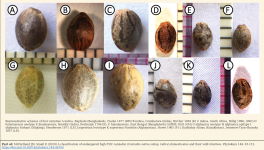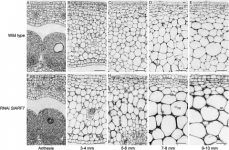Please share some of your seed pics here as well

A multivariate analysis of morphological divergence of “seeds” (achenes)
among ruderal, fibre, oilseed, dioecious/monoecious and marijuana variants
of Cannabis sativa L.
https://doi.org/10.1248/yakushi.130.237
Last edited:











